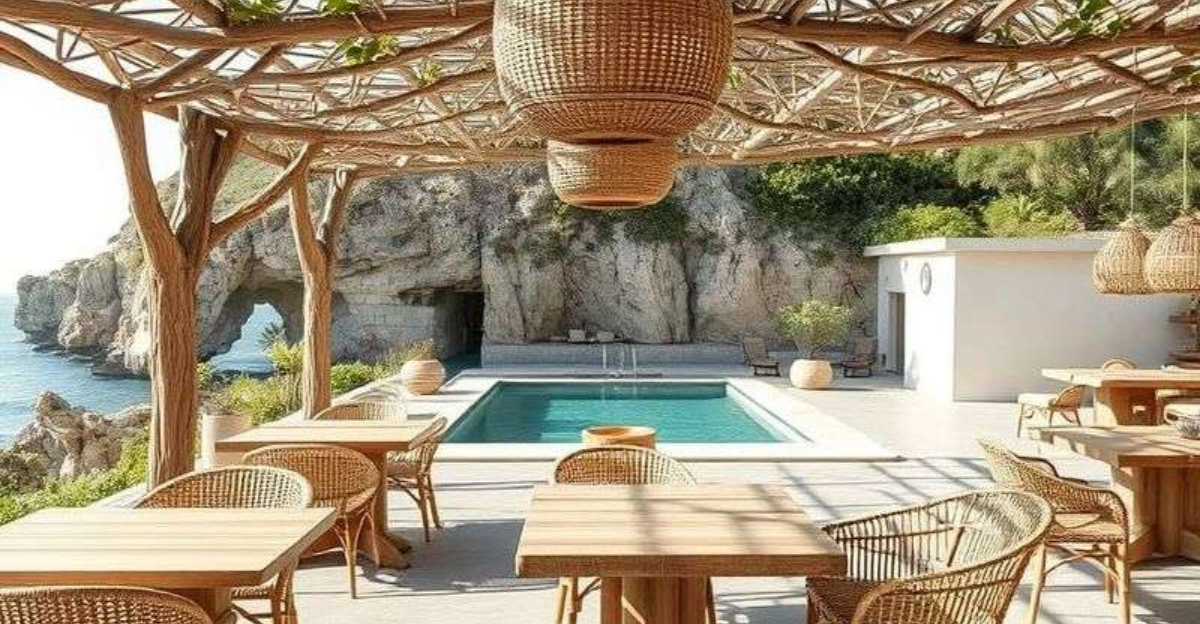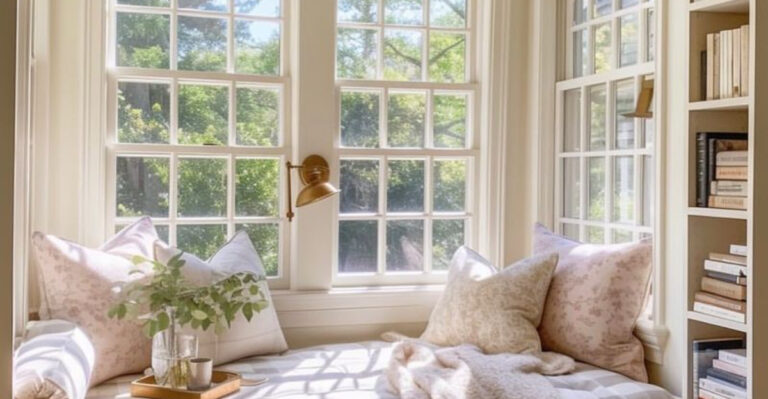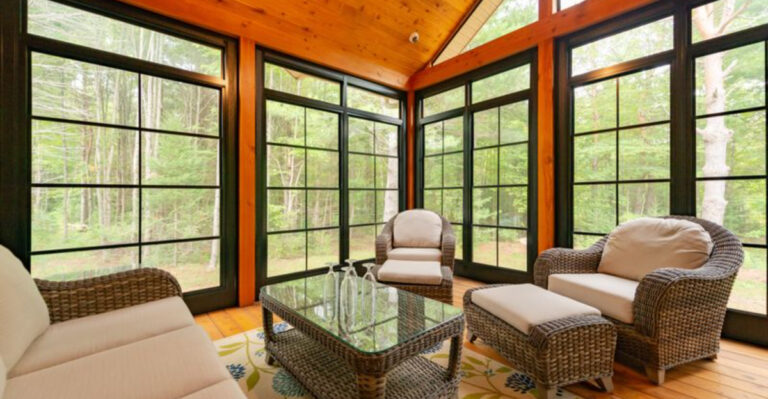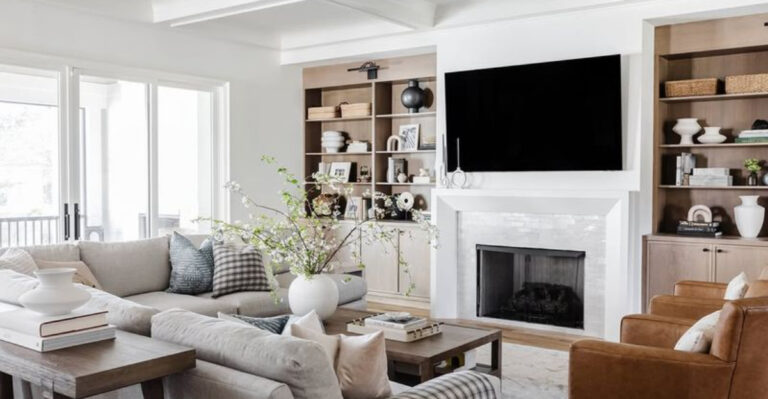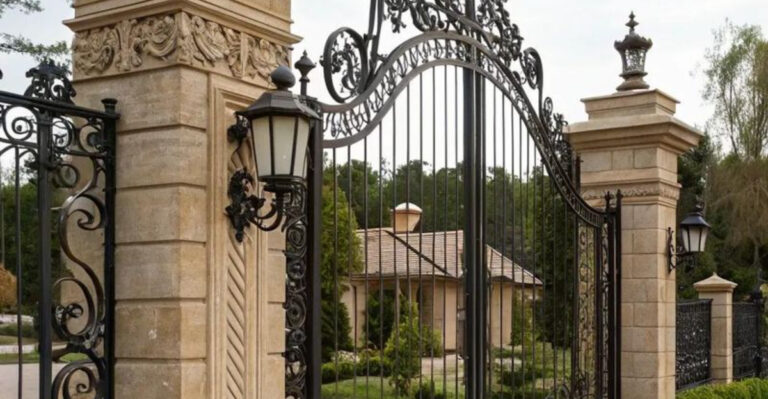15 Historical Fact About Rattan, Everyone’s Favorite Boho Material
Rattan has woven its way through human history as one of our most beloved natural materials. This flexible palm vine from Southeast Asia has adorned homes from ancient Egyptian palaces to modern bohemian apartments.
Beyond its good looks, rattan’s journey through time reveals fascinating connections to colonialism, fashion trends, and sustainable practices that continue to make it relevant today.
1. Used Since Ancient Egypt
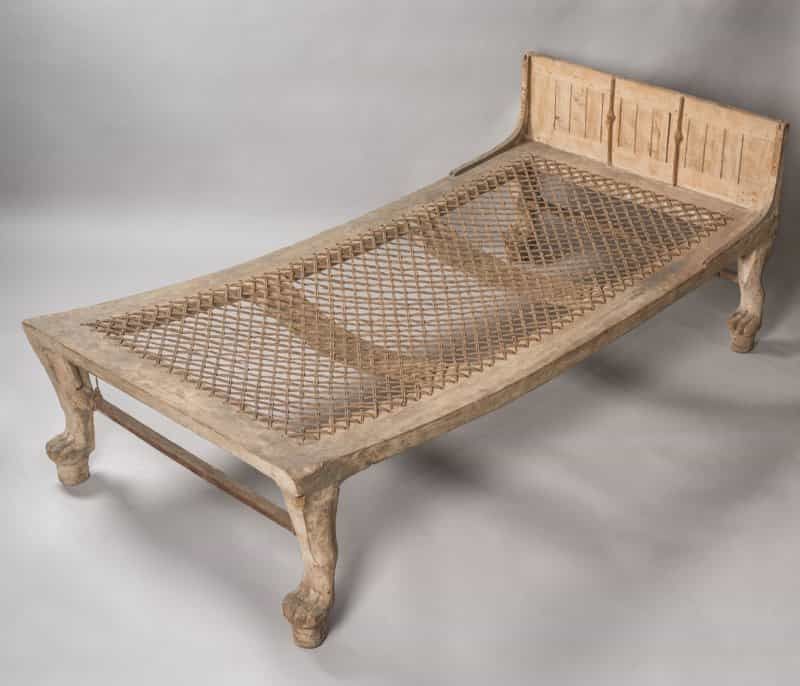
Would you believe that pharaohs lounged on rattan furniture? Archaeological discoveries have unearthed rattan items in ancient Egyptian tombs dating back to 1400 BCE.
Royal households particularly valued the lightweight yet durable material for chairs, baskets, and decorative items. The material’s ability to withstand the desert climate while maintaining its structural integrity made it particularly valuable.
2. Etymology Tied to Malay Roots

Long before becoming a designer’s darling, the word ‘rattan’ originated from the Malay term ‘rotan.’ Local communities had been harvesting and weaving these flexible vines for centuries before Western vocabularies adopted the term.
Linguistic historians trace its first appearance in English texts to the early 1600s, coinciding with increased European trade in Southeast Asia. The name stuck as the material gained global popularity.
3. Sourced From Southeast Asian Palms

Contrary to popular belief, rattan isn’t bamboo! Native to tropical regions spanning Indonesia, Malaysia, and the Philippines, rattan grows as a climbing palm vine rather than as a standalone plant.
Some species can reach astonishing lengths of 500 feet as they snake upward through forest canopies. Unlike most harvested woods, collecting rattan doesn’t require cutting down entire trees, making it an early form of sustainable forestry.
4. Victorian Europe’s Tropical Obsession
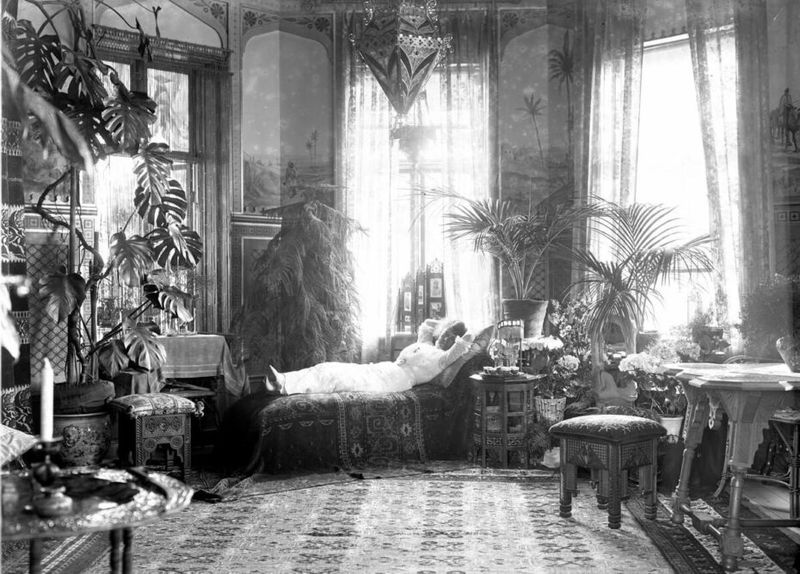
Queen Victoria’s subjects couldn’t get enough rattan. The material perfectly complemented the Victorian fascination with exotic botanicals and tropical aesthetics during the mid-1800s.
Fashionable parlors featured ornate rattan chairs alongside potted palms and botanical prints. Manufacturers like Heywood-Wakefield capitalized on this trend, creating elaborate designs that symbolized worldliness and sophistication for the aspiring middle class.
5. Spread Through British Colonial Influence

As the British Empire expanded across Asia, colonial officials discovered the versatility of local rattan craftsmanship. Soon, they were shipping both raw materials and finished pieces back to England.
Colonial administrators in Singapore, Hong Kong, and India established rattan processing centers that combined Asian techniques with European designs. This cross-cultural exchange created entirely new furniture styles that would influence interior design for generations.
6. Symbol of Exotic Luxury in 1800s Homes
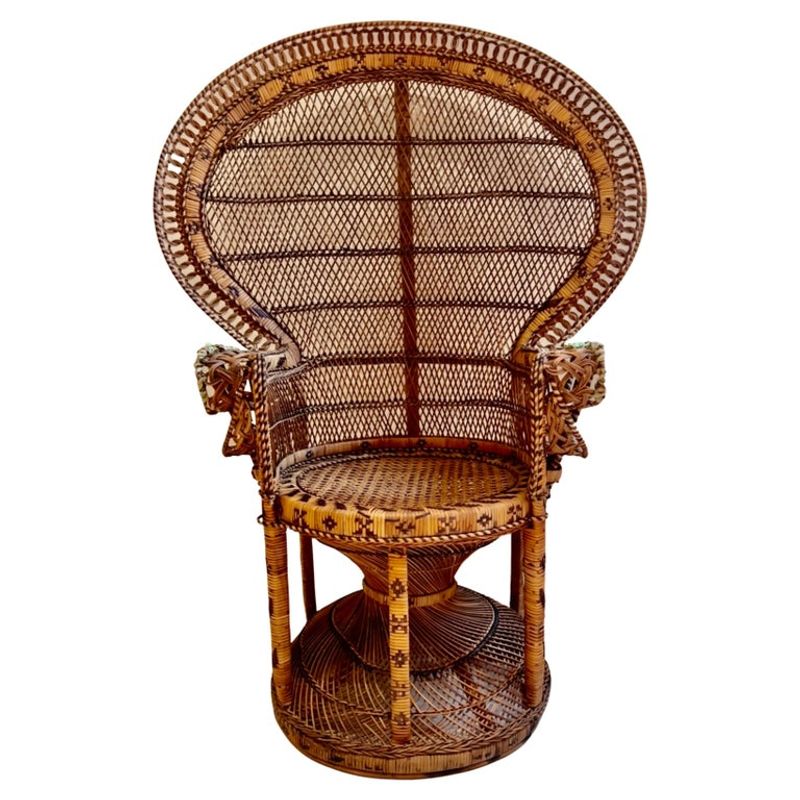
Owning rattan furniture in 19th-century Europe signaled worldliness and adventure. Well-traveled aristocrats showcased these pieces as evidence of their global connections and colonial ties.
Fashion magazines featured illustrated rattan pieces alongside articles about exotic destinations. For many Europeans who would never travel abroad, a rattan chair represented an accessible piece of the mysterious East, bringing a touch of perceived exoticism into ordinary homes.
7. Preferred on Steamships for Practicality

Maritime history reveals rattan’s practical side. Luxury steamship companies like Cunard and White Star Line favored rattan furniture for their first-class cabins and deck areas during the golden age of ocean travel.
Resistant to humidity and saltwater damage, lightweight yet sturdy, rattan proved ideal for seafaring conditions. Photographs from the era show passengers lounging on rattan chairs while crossing the Atlantic, establishing associations between the material and leisurely travel.
8. Featured in 1920s Art Deco Designs
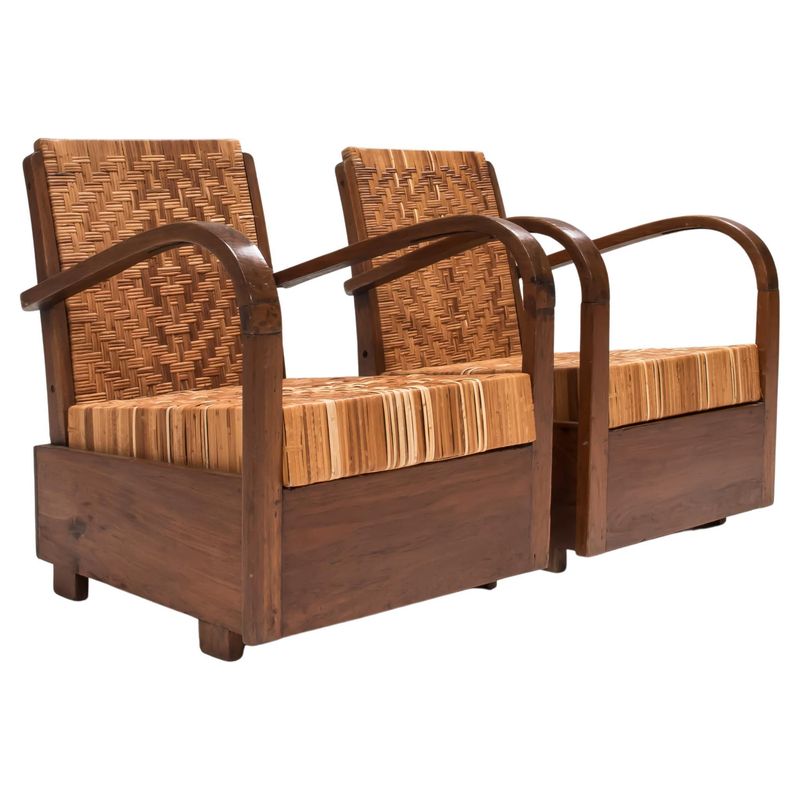
Jazz Age designers reimagined rattan through an Art Deco lens.Moving away from Victorian fussiness, 1920s furniture makers incorporated rattan into sleek, geometric designs that complemented the era’s modernist sensibilities.
French designers particularly embraced rattan’s flexibility, creating curved chairs with clean lines and minimal ornamentation. These pieces found homes in fashionable Parisian apartments and seaside resorts along the French Riviera, cementing rattan’s association with casual sophistication.
9. Beloved by Golden Age Hollywood Stars
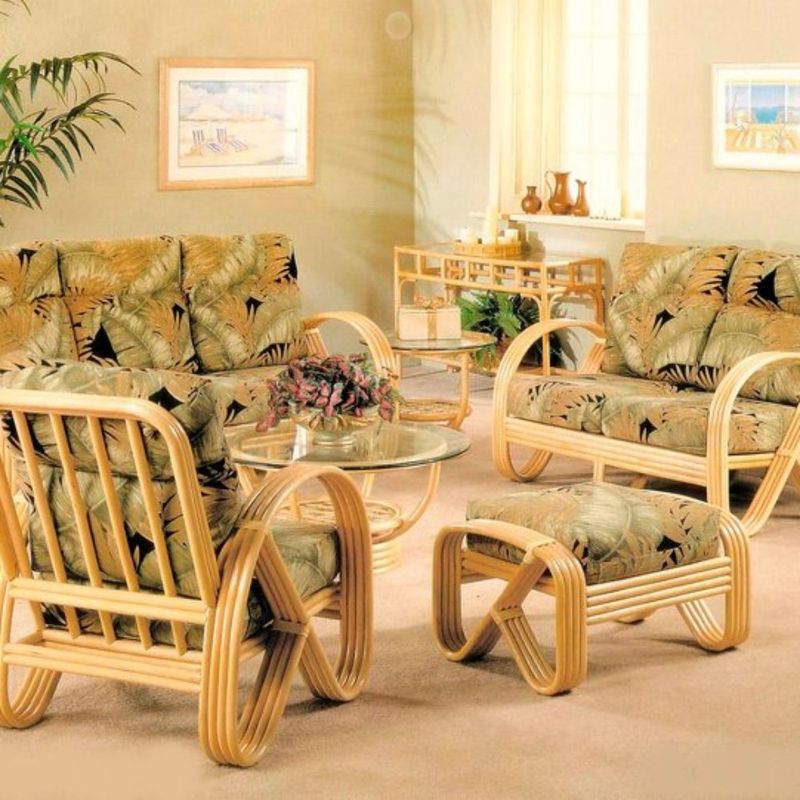
Silver screen icons helped popularize rattan in American homes. Stars like Joan Crawford and Humphrey Bogart furnished their California patios with rattan pieces, photographed for fan magazines that influenced domestic style nationwide.
Hollywood set designers frequently used rattan furniture to signal tropical locations or casual luxury in films. Movie-goers eager to emulate celebrity lifestyles sought out similar pieces, driving demand for rattan throughout the 1930s and 40s.
10. A Mid-Century Must for Outdoor Living

Post-war suburban expansion transformed rattan’s place in American homes. As outdoor living spaces became central to mid-century design, lightweight rattan furniture perfectly suited the indoor-outdoor lifestyle celebrated in magazines like Sunset.
Architects like Richard Neutra and Joseph Eichler incorporated covered patios specifically designed for rattan seating. The material’s natural appearance complemented the era’s organic modernism while its durability made it practical for everyday family use.
11. Revived by 1970s Boho Style Trends

The 1970s counterculture movement rejected mass-produced plastic furniture in favor of natural materials that aligned with back-to-nature philosophies.
Vintage rattan pieces from earlier eras were rescued from thrift stores and integrated into eclectic bohemian interiors. Hanging rattan chairs and peacock-style fan chairs became particularly iconic, representing free-spirited individualism and global consciousness that defined the decade’s design aesthetic.
12. Regrows Quickly—A Renewable Material

Mother Nature designed the perfect sustainable resource. Unlike hardwood trees that take decades to mature, rattan vines can grow up to several inches daily in optimal conditions.
Most commercial rattan can be harvested within 5-7 years of planting. This rapid regeneration made rattan one of history’s earliest renewable furniture materials, though modern demand has unfortunately outpaced sustainable harvesting in some regions. Conservation efforts now focus on protecting wild rattan habitats.
13. Peacock Chairs as Rattan Icons
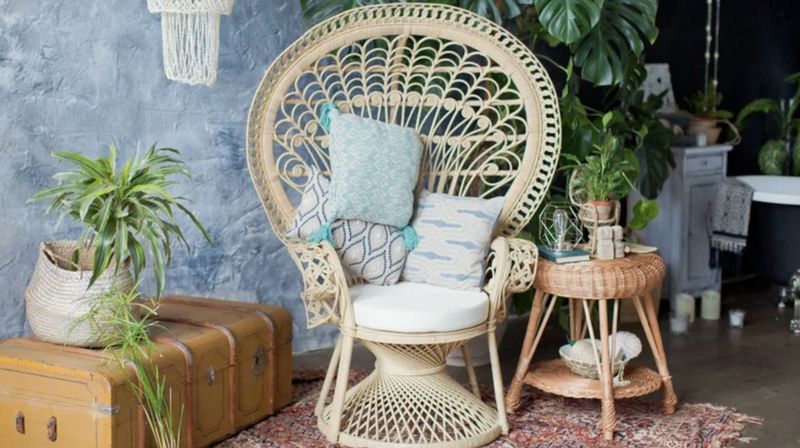
Nothing says ‘rattan royalty’ quite like the majestic peacock chair. Originating in the Philippines during the early 1900s, these fan-backed thrones gained international fame when portrait photographers used them as dramatic backdrops.
From silent film stars to 1970s musicians, countless celebrities have posed in peacock chairs. Album covers for soul and funk artists particularly favored these chairs, using them to frame musicians like Al Green and Minnie Riperton in visually striking compositions.
14. Embodies Casual Elegance
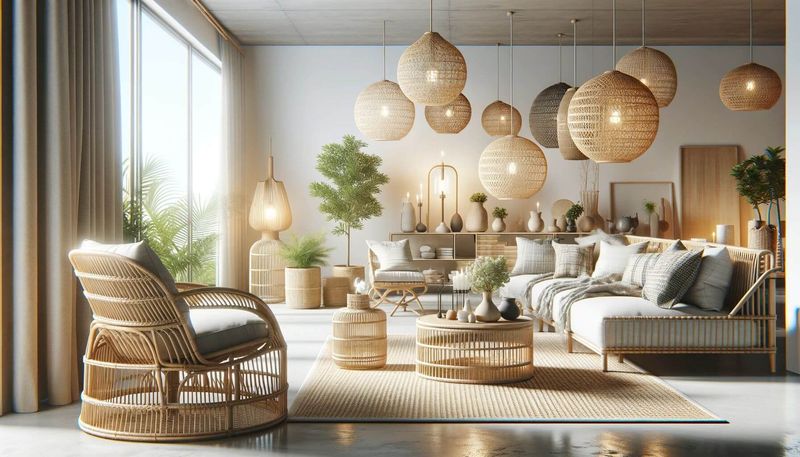
Rattan’s enduring appeal lies in its perfect balance between formality and relaxation. Throughout history, the material has signaled a particular lifestyle—one that values comfort without sacrificing style.
Rattan conveys understated sophistication. Design historians note how rattan pieces often serve as transitional elements that bridge different decorative styles, explaining their persistent presence across vastly different design movements.
15. Wanderlust Wrapped in Weaving
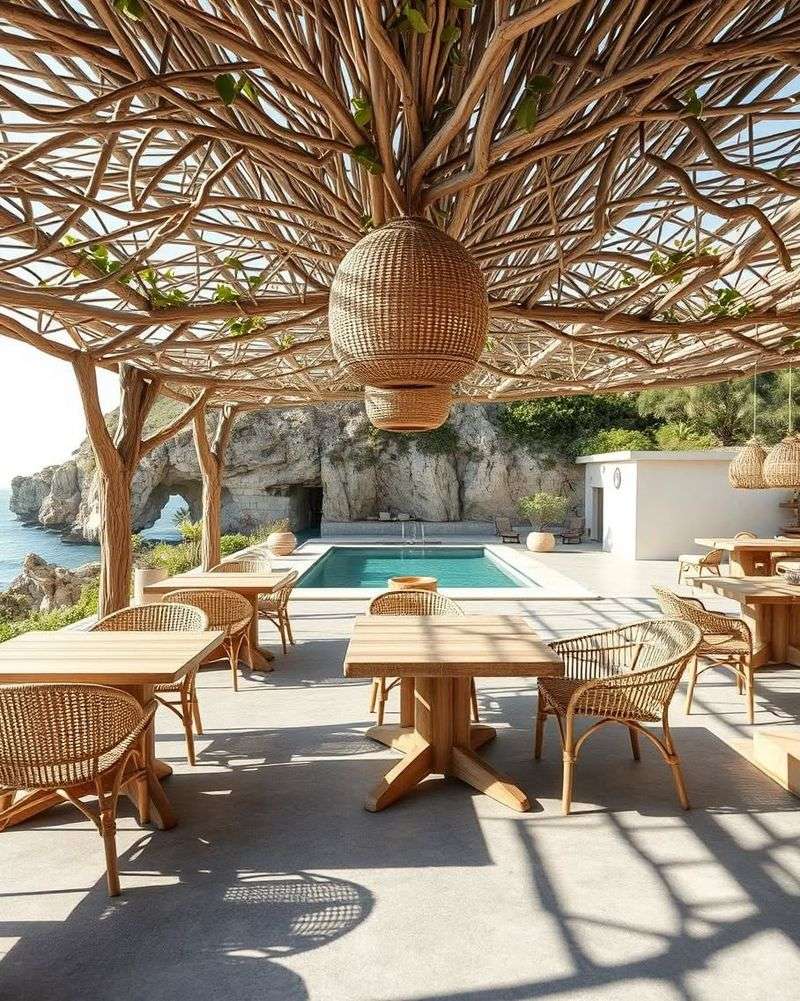
Few materials evoke a sense of place quite like rattan! Its tactile surfaces and organic patterns trigger associations with far-flung destinations and tropical escapes.
Travel writers from the colonial era onward have described rattan furnishings in exotic locales, embedding the material in the collective imagination. Even today, hospitality designers consistently choose rattan to signal resort atmospheres. A single rattan chair can transport a space from ordinary to escapist.

